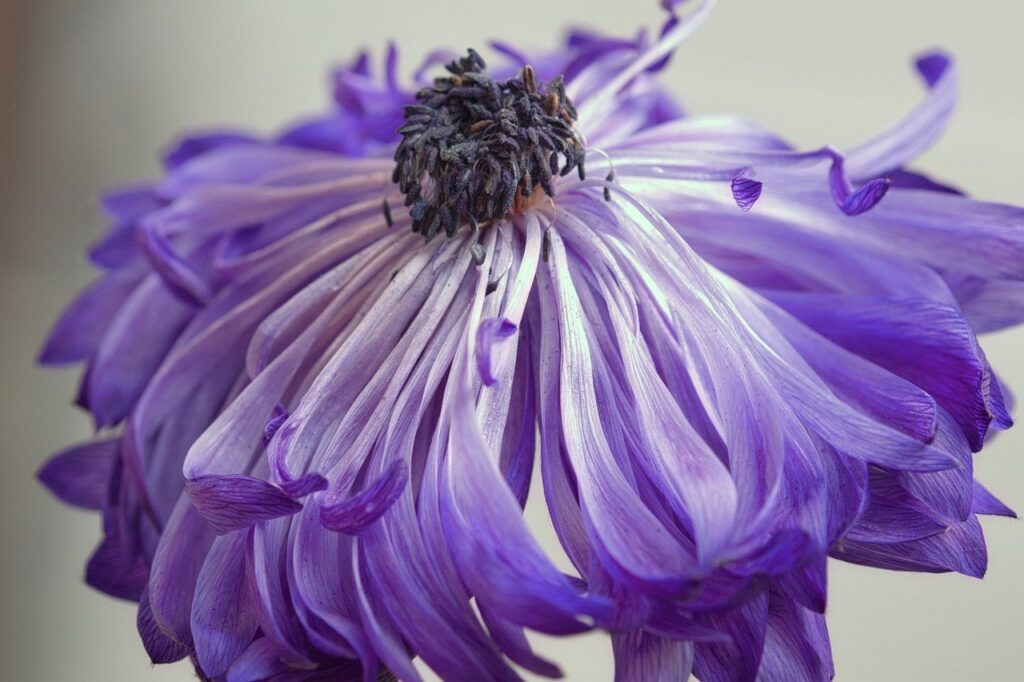To conclude, art classes use a diverse approach to creativity and personal development. They provide a supportive environment for individuals to explore their artistic skills, build technical skills, and connect with others who share their interest. The benefits prolong much beyond the canvas, influencing critical reasoning, emotional well-being, and personal growth. Whether someone is a beginner or a skilled artist, the experience gotten in an art class can be transformative, stimulating a long-lasting love for creativity and self-expression. In best art studio in delhi that often focuses on practicality over creativity, art classes act as a crucial reminder of the value of supporting the artistic spirit within all of us.
Art classes supply a distinct chance for individuals of every ages to explore their creative possibility and develop a range of artistic skills. Taking part in art education can foster a feeling of self-expression, enhance cognitive abilities, and promote emotional well-being. The world of art is huge and differed, incorporating many mediums, techniques, and styles, each offering its own set of challenges and incentives. For many, registering in an art class is the primary step towards discovering an enthusiasm that may bring about long-lasting creativity.
In addition, art classes are often structured in a way that enables steady ability development. Newbies can begin with foundational techniques, such as attracting straightforward shapes and recognizing color concept, while advanced students can delve into complicated jobs that challenge their creativity and technical abilities. Trainers generally provide individualized advice, helping students recognize their toughness and areas for improvement. This one-on-one focus is important, as it encourages students to take threats and push the boundaries of their artistic expression without the concern of judgment.
Among one of the most attractive facets of art classes is the diversity of alternatives readily available. From painting and attracting to sculpture and electronic art, there is something for every person. Traditional tools, such as oil, acrylic, and watercolor, permit students to experiment with color and appearance while developing their technical skills. On the other hand, classes in photography or electronic art can provide a modern-day approach to creative expression, taking advantage of contemporary modern technologies and patterns. Students are often motivated to explore their interests and discover a tool that reverberates with them, bring about more meaningful and personal artistic experiences.
In addition, the restorative benefits of art education are well-documented. Engaging in creative activities has been shown to minimize tension, improve state of mind, and enhance total well-being. For many individuals, art serves as a type of emotional release, allowing them to refine sensations and experiences that may be hard to verbalize with words. In art classes, students often discover a risk-free room to express themselves and explore their feelings, resulting in greater self-awareness and personal growth. This therapeutic aspect of art education can be particularly beneficial for kids and teenagers, as it can help them browse the intricacies of maturing.
Along with technical skills and creativity, art classes can also enhance critical thinking and analytical abilities. Artists are often faced with challenges that need them to think critically about their work, such as composition, color balance, and theme. By browsing these challenges, students learn to approach troubles from various angles and develop solutions that may not be promptly evident. This skill set extends beyond the art workshop, profiting students in various other areas of their lives, including academics and specialist ventures.
Art classes can also introduce students to art history and cultural context, enhancing their understanding of the art world. Learning about the techniques and approaches of distinguished artists can influence students and inform their practice. Exposure to various artistic motions and styles broadens their point of view, allowing them to value the diversity of creative expression. This understanding not just enhances their skills yet also cultivates a much deeper link to the art they develop and consume.
Art classes also provide an organized room for trial and error. In a supportive environment, students can explore different styles and techniques without the stress of producing an ideal piece of art. This liberty to experiment is necessary for artistic growth, as it motivates individuals to welcome their errors and pick up from them. Many great works of art arise from the procedure of trial and error, and art classes provide the best setup for students to develop a state of mind that values creativity and exploration over excellence.
Cooperation is another essential aspect of art classes. Many programs encourage students to collaborate on projects, promoting a sense of area and shared knowing. This joint environment can lead to the exchange of ideas and techniques, inspiring students to experiment and expand in their technique. Functioning alongside peers also assists individuals build confidence in their abilities as they share their work and get responses. This interaction can be especially valuable for those who may feel isolated in their creative pursuits, as it allows them to connect with others who share similar rate of interests and passions.
Subscribe to Updates
Get the latest creative news from FooBar about art, design and business.
5 Mins Read
7 Incredibly Quick Suggestions To Improve Your Art Classes
Previous ArticleThe Best Formula Of Latex Dresses
